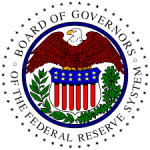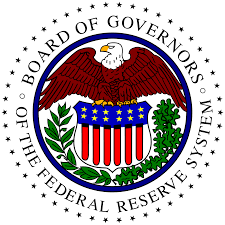Is the Fed preparing to send “digital dollars” into the pockets of every American?

The Fed's failure to meet its inflation target is evident. Now the U.S. central bank radically revised its monetary dogma last month and unveiled the Flexible Average Inflation Targeting (or FAIT) under which the Fed will allow inflation to rise without raising rates. However, it appears that the more the Fed fights inflation with an expansive monetary policy, the more inflation itself refuses to rise, converting instead into speculative bubbles on investment goods, as we can see in the following graph:
In addition to this monetary policy problem, there is a major problem related to the management of fiscal policy. Government aid from PPPs in the US managed to send a certain amount of money directly to consumers and companies, but the mechanism was still complex and, above all, slow, because it relied on the intermediation of the credit system. However, fiscal policy remains linked to political issues that can make it vary and make this instrument unstable and ineffective.
Here is the solution , presented by two former Fed officials: Simon Potter, who led the markets group of the Federal Reserve Bank of New York, i.e. he was head of the Fed's Plunge Protection Team for years, and Julia Coronado, who spent eight years as an economist for the Fed's board of governors. These experts tackled the Fed's problem of getting money quickly to people in times of crisis.
The answer was surprising: the two propose to create a monetary instrument they call recession insurance bonds, which will be transferred to the Americans immediately.
With this tool, Congress would grant the Federal Reserve an additional tool to provide support – measured in the form of a percentage of GDP – to be passed directly to households in the event of a recession. Recession insurance bonds would be zero coupon securities and distributed directly in case some economic indicators trigger an alarm. The index elements could be reaching the zero lower bound on interest rates or, as economist Claudia Sahm has proposed, a 0.5 percentage point increase in the unemployment rate. If these alarms were triggered, the Fed would activate the use of these securities and immediately deposit them in an App available to families to spend them.
Potter explains, “Congress took too long to bring money to the people, and in a confusing way. We need a separate infrastructure to get aid to the people ”.
In essence, the Fed proposes to create a hybrid digital fiat currency that doesn't get locked into US banks, but goes straight to the people. In short, as we summarized, "The Fed plans to send money directly to Americans in the next crisis."
This is a situation similar to that envisaged by the CBDC, the digital currencies of central banks, with the advantage of being regulated, in general terms, by a rule of law and budget agreed with the political power. An automatic parachute that opens when a crisis begins and which, immediately, would have a countercyclical effect. We will see if the next US Congress approves this move, but, surely this discussion will bring a great discussion in the ECB.

Thanks to our Telegram channel you can stay updated on the publication of new articles of Economic Scenarios.
The article Is the Fed preparing to send "digital dollars" into the pockets of every American? comes from ScenariEconomici.it .
This is a machine translation of a post published on Scenari Economici at the URL https://scenarieconomici.it/la-fed-si-prepara-a-mandare-dollari-digitali-nelle-tasche-di-ogni-americano/ on Thu, 24 Sep 2020 08:00:14 +0000.


